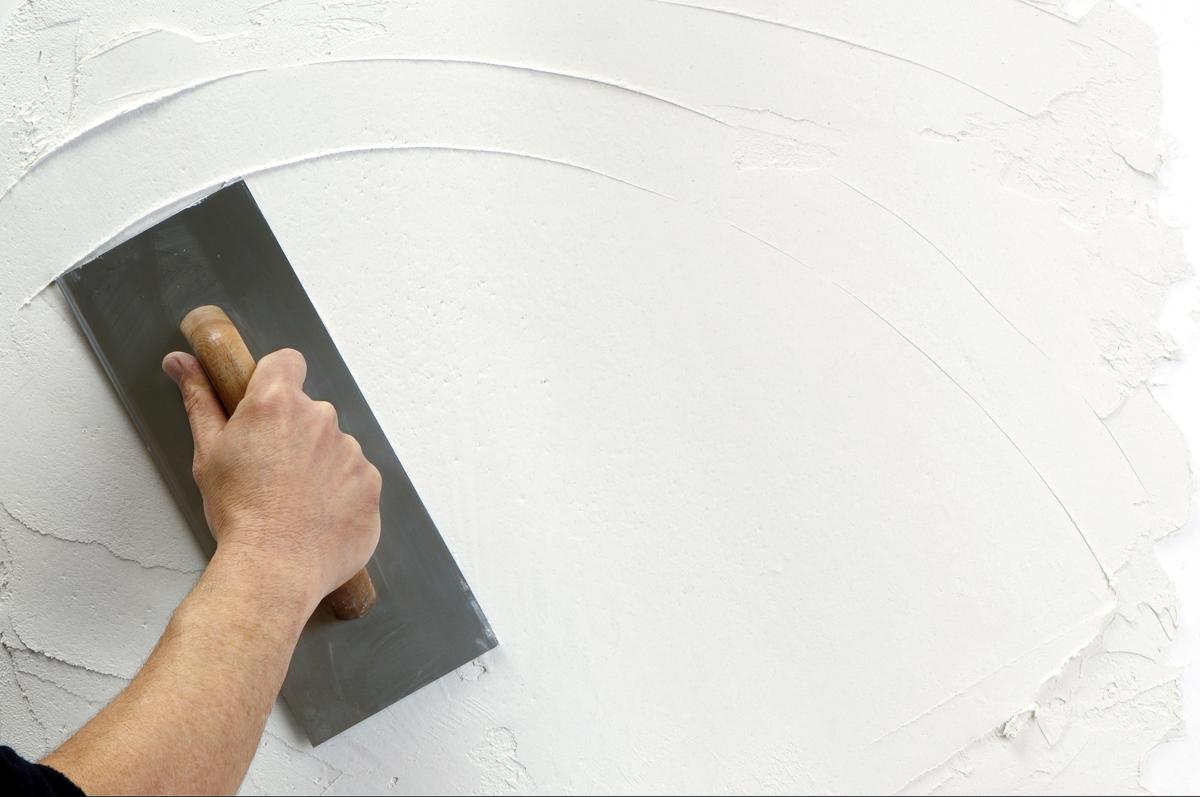Cement & Wall Plasters

Cement production reached 329 million tonnes (MT) in FY20 and is projected to reach 381 MT by FY22. However, the consumption stood at 327 MT in FY20 and will reach 379 MT by FY22. The cement production capacity is estimated to touch 550 MT by 2020. As India has a high quantity and quality of limestone deposits through-out the country, the cement industry promises huge potential for growth.
As per ICRA, in FY22, the cement production in India is expected to increase by ~12% YoY, driven by rural housing demand and government’s strong focus on infrastructure development.
Ordinary Portland Cement 33 Grade
Typically implemented for the general civil construction purposes like plastering, flooring and masonry and is used up to M20 grade concrete. This type of cement features low compressive strength and low heat hydration which ensures lesser cracking. Yet, this type of cement is less available in the markets. It is given the Indian Standard code of 269.
Ordinary Portland Cement 43 Grade
Similar to the OPC 33-grade cement they are also used for general civil purposes, like plastering, flooring up to M 30 concrete grades. This type of cement attains the minimum compression strengths at 43 Mega-Pascal at 28 days. Among the different types of cement available, this is largely available in the market due to its immense application in the construction industry even though it’s gradually being replaced by the blended form cement. The Ordinary Portland Cement is given the Indian Standard code of 8112.
Ordinary Portland Cement 53 Grade
This type of cement is used with a higher concrete grade than M30 for both general purposes and for building bridges, roads, multi-storied building works, etc. They attain the minimum compression strength of 53 Mega-Pascal at 28 days of curing. They are also widely used in the reinforced cement concrete, is a complex material where the concrete with relatively low tensile strength and ductility are included with reinforcement to have higher strength and ductility. Application is also observed in cement grouts, instant plugging mortars which generally require higher strength. It is given the Indian Standard code of 12269
Portland Slag Cement (PSC)
The Portland Slag is the type of cement which when exposed to rough types of environments like the wastewater treatment or marine applications it does not crack therefore preferred over, Ordinary Portland Cements. With its high strength, it serves best for high rise structures or long-lasting services such as roads or bridges. Its features perform perfectly along with Portland cement in increasing strength, therefore reducing the permeability and improving resistance to various chemical reactions such as chloride and sulphate attacks or even simple corrosions. Unlike different types of cement, this is only available in certain markets. This cement is given the Indian Standard code of 455.
Coloured Cement: White
Although the Coloured type of cement is more expensive in comparison to the Ordinary Portland Cement, it has its benefits and implementations. Made from raw materials such as iron oxide and manganese oxide Widely used for interior and exterior architectural beauty enhancements such as the terrazzo tiles, ornamental concrete products like idols and non-structural, flooring and special effects. As the name suggests it is white in colour and the chemical composition and physical properties of this cement is also able to meet the specifications of Ordinary Portland cement. The coloured cement is given the Indian Standard code as 8042.
Portland Pozzolana Cement (PPC)
The Portland Pozzolana is known for its fineness, a high degree of impermeability and for being a good corrosion resistor making the concrete dense therefore the structure becomes long-lasting. Due to this high impermeable quality and long term strength of more than 90 days, in adverse soil conditions, this type of cement is used in place of ordinary Portland cement. Therefore used for the construction of marine structsures, mass concrete structures like bridge footings under aggressive conditions, hydraulic structures like dams and retaining walls or even for basic masonry mortar and plastering works. The Portland Pozzolana Cement i also easily available in markets. This cement is given the Indian Standard code as 1489 P-2.
Hydrophobic Portland Cement
The Hydrophobic Portland cement is not that easily available due to the abundance in the availability of different types of cement in the market and is comparatively more expensive than the Ordinary Portland Cement yet, they are best to be used in harsh cold weather conditions as they are manufactured keeping in mind the requirements in the areas of high rainfall to improve its lifeline. Giving it a chemical coating during manufacturing makes it’s a good water repellent as the name suggests and therefore it isn’t affected due to high humidity making it possible to be stored for long durations, hence this cement is used in the construction of spillways, dams and other underwater constructions. This cement is given the Indian Standard code as 8043.
- It is used in mortar for plastering, masonry work, pointing, etc.
- It is used for making joints for drains and pipes.
- It is used for water tightness of structure.
- It is used in concrete for laying floors, roofs and constructing lintels, beams, stairs, pillars etc.
- It is used where a hard surface is required for the protection of exposed surfaces of structures against the destructive agents of the weather and certain organic or inorganic chemicals.
- It is used for precast pipes manufacturing, piles, fencing posts etc.
- It is used in the construction of important engineering structures such as bridges, culverts, dams, tunnels, lighthouses etc.
- It is used in the preparation of foundations, watertight floors, footpaths etc.
- It is employed for the construction of wells, water tanks, tennis courts, lamp posts, telephone cabins, roads etc.
